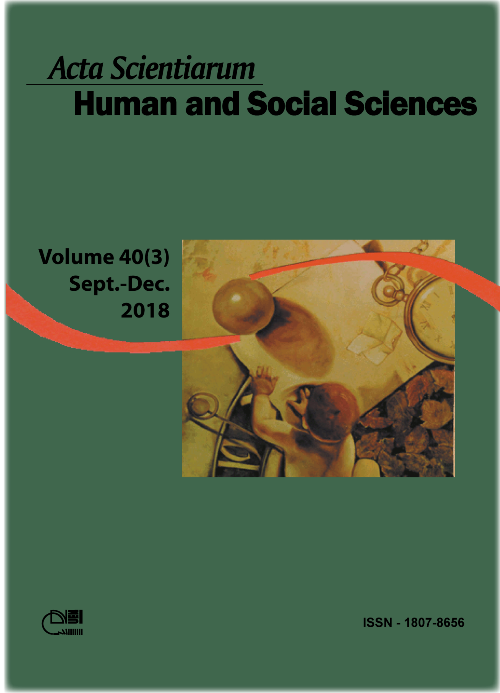<b>The Brazilian <i>catira</i>: identities and rationalities
Abstract
The free exchange, trade or catira is still an important form of circulation of goods in various communities of Brazil. However, its practitioners and all practical knowledge are still marginalized in management studies, under the justification that these practitioners would be amateurs, devoid of rationality and technical knowledge. This paper analyzes the identity construction of Brazilian catireiros to understand what types of rationality guide their trading practices. To this end, we interviewed 31 traders currently residing in Triângulo Mineiro and Alto Paranaíba regions, and the data collected were analyzed through French Discourse Analysis. The research pointed out that catireiros initially sought to identify and distinguish themselves from others using nouns, hence demonstrating who they are. Subsequently, the respondents used verbs that characterize their everyday catira practices, hence demonstrating what they are. In this sense, actions such as establishing contacts, getting to know people, negotiating, and understanding the market are some practices that constitute, (re)construct, and materialize the daily identities of such workers. It is also important to highlight that catireiros can also exercise different types of rationalities in different social contexts and although many have not achieved higher education, they should not have their trading practices delegitimized by the academia, since it is from these practices that they live, raise their families, and expand their business.
Downloads
DECLARATION OF ORIGINALITY AND COPYRIGHTS
I Declare that current article is original and has not been submitted for publication, in part or in whole, to any other national or international journal.
The copyrights belong exclusively to the authors. Published content is licensed under Creative Commons Attribution 4.0 (CC BY 4.0) guidelines, which allows sharing (copy and distribution of the material in any medium or format) and adaptation (remix, transform, and build upon the material) for any purpose, even commercially, under the terms of attribution.
Read this link for further information on how to use CC BY 4.0 properly.























